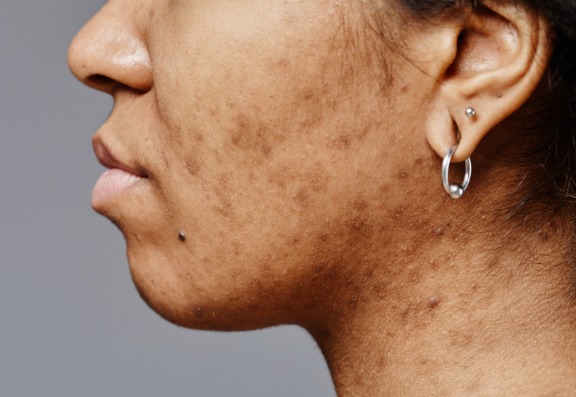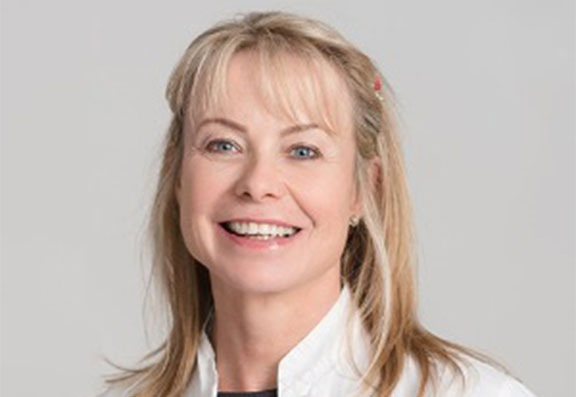Your Skin Tone Matters: Fitzpatrick Types and Scarring Tendencies
The Fitzpatrick Skin Type Scale classifies skin by its response to sun exposure—from very fair (Type I) to very dark (Type VI). Why does this matter for acne?

If you want to read more, the experts at Consulting Room really know what they're talking about and have put together scarring, acne, sunscreen, medical-grade skincare, microneedling, chemical peels and dermal fillers FAQs just for you.
If you have more questions, you can use the scarring, acne, sunscreen, medical-grade skincare, microneedling, chemical peels and dermal fillers questions feature to talk to our panel of trained medical experts.
If you're keen to get started with any of these treatments right away then you're in luck - those clever folks also have a list of trusted, accredited scarring, acne, sunscreen, medical-grade skincare, microneedling, chemical peels and dermal fillers clinics in your area.
Many thanks to the author of this blog Dr Sam Robson who owns Temple Clinic.
Dr Sam Robson is a highly respected and experienced practitioner who qualified as a GP in 1997 and has been practising aesthetic medicine since 2004.
She has also become progressively aware of the increasing incidence of low morale and self-esteem
The repertoire of treatments provided by the clinic aims to help address many problems.
Call Dr Sam Robson on 0122 486 9997 or visit www.templeclinic.co.uk.

Sure, influencers and online articles are ok, but there’s no replacement for trusted professional advice. Ready to bust those acne myths and get the facts?
What causes acne scars, the different scar types and the range of laser treatments available to help you say goodbye to your scars for good.
This multi-step, non-invasive treatment has quickly become a client favourite for its instant glow, deep cleansing, and long-lasting skin health benefits.
Hey, wait!
Before you go.....
Let's stay in touch, pop your details here and we'll send our editor's hand-picked updates on your fave subjects.